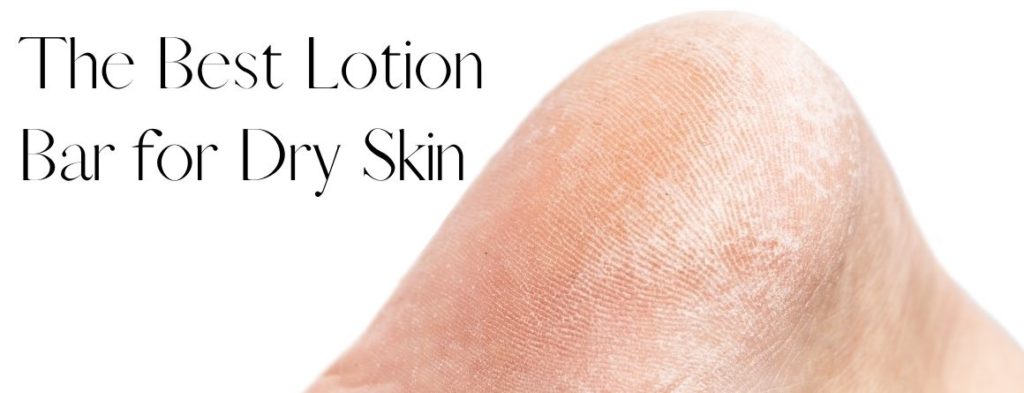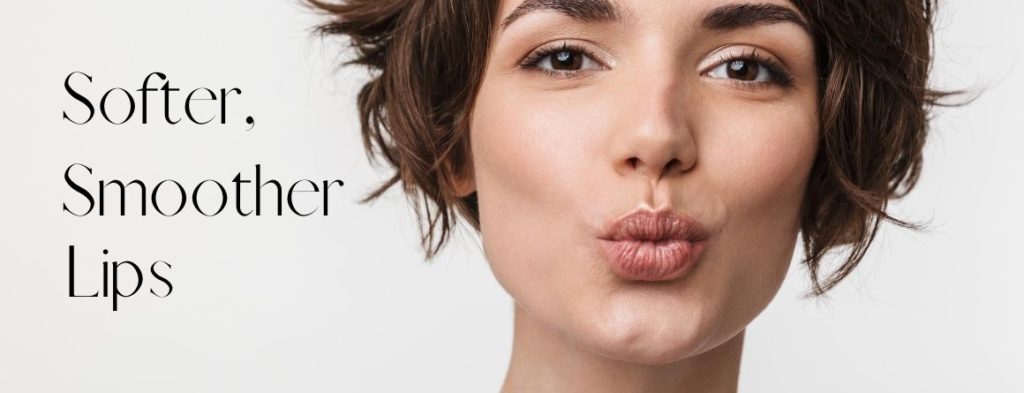
The Best Lotion Bar for Dry Skin
If you suffer from dry skin, it can be hard to find the right lotion to alleviate the signs of uncomfortable cracked heels and stubborn

When it comes to our beauty products, many of us are pretty clueless about what is actually on the ingredients label of the creams and lotions we use everyday. Chances are, it is likely that your bathroom cabinet or shower are hiding at least one or two chemical components that you may not actually know the origins of. But what are they and are they really that safe for us to be using on a daily basis or should we be cautious of long term use? Here is the real truth about two of the top contenders, phthalates and sulphates.
When you start researching the origins of phthalates, it can be rather scary. Phthalates are part of the PVC family of chemical compounds and are not only used in pharmaceutical and beauty products but can also be found in detergents, grocery packaging and are a common plastic found in toys and vinyl flooring. This can be quite alarming when you consider that phthalates are often one of the main components in nail polishes, fragrances, shampoos and even some lotions and soaps so what is used to clean your clothes and floor may also be cleaning your skin and hair too. They are used in a number of different ways, primarily to keep base materials strong, so making sure that nail polishes last without chipping and that hair sprays retain flexibility once sprayed onto the hair.
Sulphates are different from phthalates in that they can be found in nature and not just a scientific laboratory. SLS (sodium lauryl sulfate) and SLES (sodium laureth sulfate) are the two most common varieties of sulfates that you are likely to come across in your beauty products. Rather like phthalates, sulfates appear in soaps, cleaners, toothpaste and are again a common ingredient in detergents. This is because the primary reason sulfates are added to products is to give a satisfying, bubbly lathering effect. This is why they are most often found in bath products and in foaming facial washings. Although sulfates can give a pleasing sensory experience, they are not really very good for our skin. Yes, it is true that sulfates are effective cleansers in getting rid of excess oil and dirt, but this is often at the expense of your skin and hair’s natural equilibrium. Sulphates can be stripping to the skin’s top layer called the epidermis and once this barrier is damaged it can lead to irritation and breakouts.
So far, it looks as though phthalates and sulphates are not particularly beneficial when it comes to cosmetics, despite the fact they are so prevalent. They are added to enhance what we imagine the product should do – give a thick lather when shampooing or be able to wear our nail polish all week without repainting or chipping. As both phthalates and sulphates have only been added to beauty products for a relatively short space of time, ultimately we still do not really know the long term effects. However, some scientific research is already pretty shocking with phthalates being the worst offenders.
Studies have shown that phthalates, as they are temporarily absorbed by the body, have been shown in some circumstances to cause cancer and can have a disruptive effect on both the human reproductive system and the endocrine system. So although phthalates do not stay in the body, their effects over the long term can be extremely severe. The idea that this easily avoidable ingredient could be responsible for such catastrophic effects on the body is extremely alarming.
Research into the effects of sulphates seems to suggest their effects are a little less drastic than those of phthalates, however a build up of sulphates can happen in the body if used in products on a regular basis. The long term consequences of these build ups is not yet known, but if it is anything like the research into phthalates, it could be equally as dangerous for the body. Sulphates can also cause a more immediate effect of irritation, especially for those with sensitive or acne-prone skin. This is due to the fact that sulphates are a pore clogging ingredient, so if you are suddenly experiencing a breakout, be sure to check the labels of your cosmetics to be sure there is no sulphate hiding there.
With more and more awareness growing as to the negative side effects of chemical ingredients such as phthalates and sulphates, the best advice is to just remove them from your beauty routine altogether. More and more products are hitting shelves that are completely free of both phthalates and sulphates, making it easier than ever to start opting instead for natural ingredients and alternatives. If you are serious about eradicating phthalates in particular completely, this may mean scrapping nail polish entirely and waving goodbye to hairsprays and aerosol fragrances for good.
Although sulphates can give a temporarily squeaky clean effect to the skin, the damage they may be causing internally just isn’t worth the risk. Opt instead for natural skincare and shampoo and hair products and always check the label to be sure they are free of all SLS and SLES ingredients. Lavender, Vitamin E and Tea Tree are all top ingredients to look out for in natural skincare and haircare as they are all nourishing and also able to provide the cleaning, antibacterial properties needed to still keep your skin and hair looking and feeling great.

If you suffer from dry skin, it can be hard to find the right lotion to alleviate the signs of uncomfortable cracked heels and stubborn

When it comes to keeping our lips looking and feeling plump and luscious, nothing spoils things quite like chapped lips, which can not only look

When it comes to keeping your beard looking and smelling great, beard oil should be an essential part of every man’s self-care routine. Here are